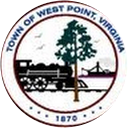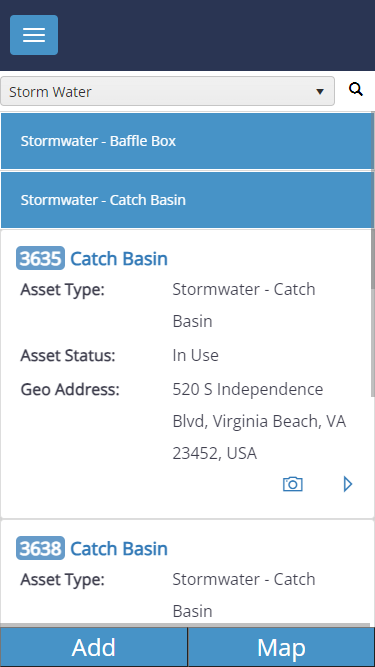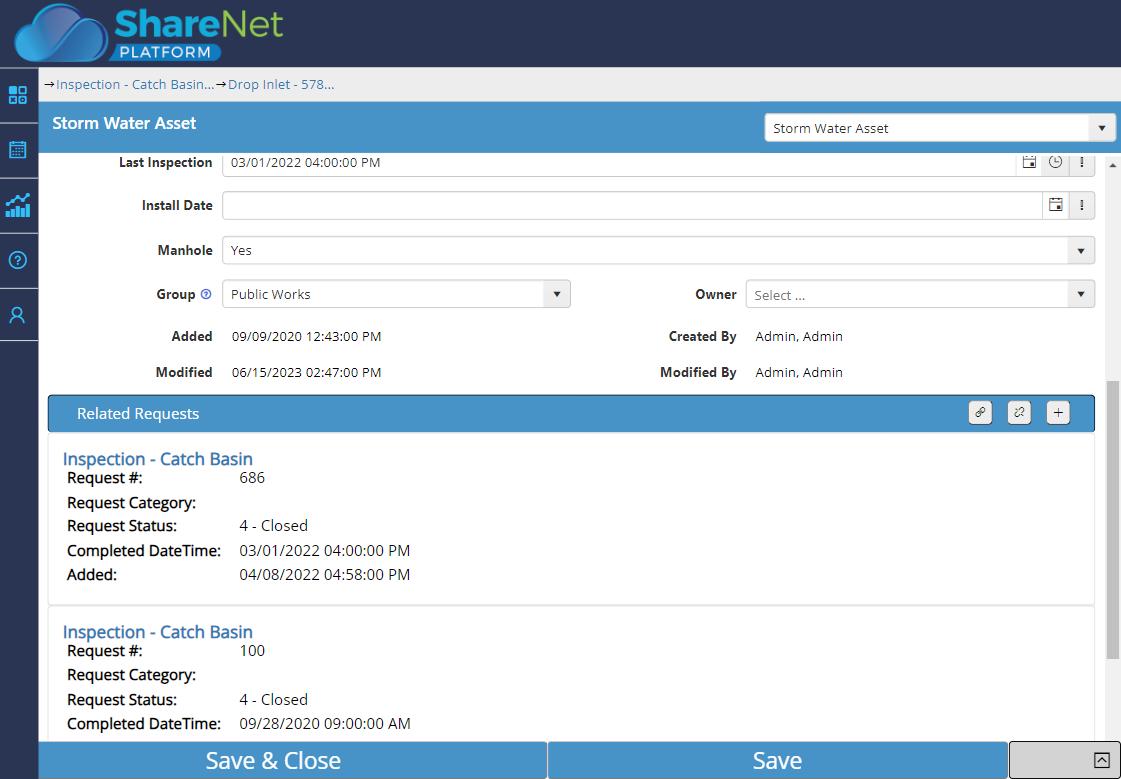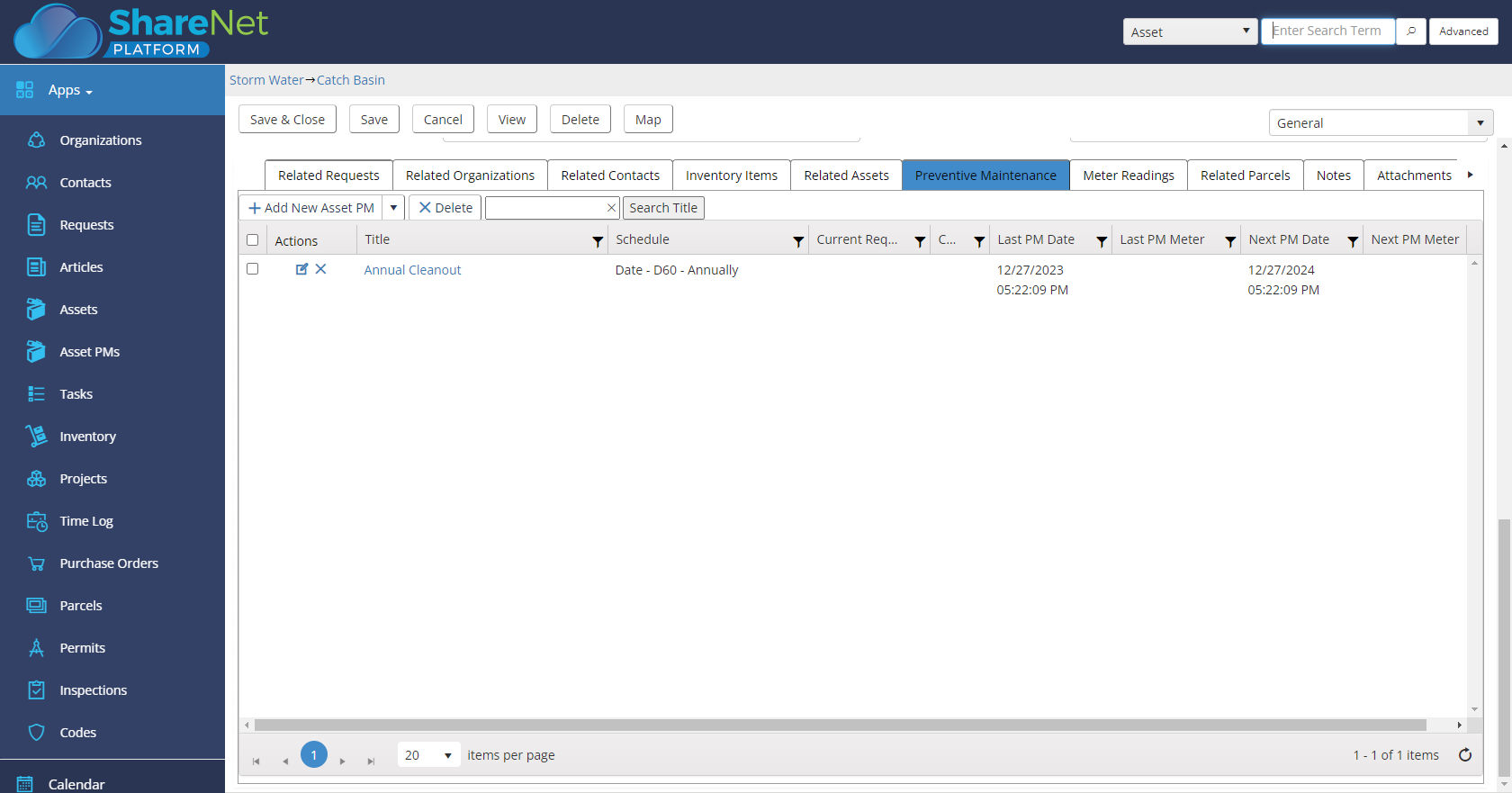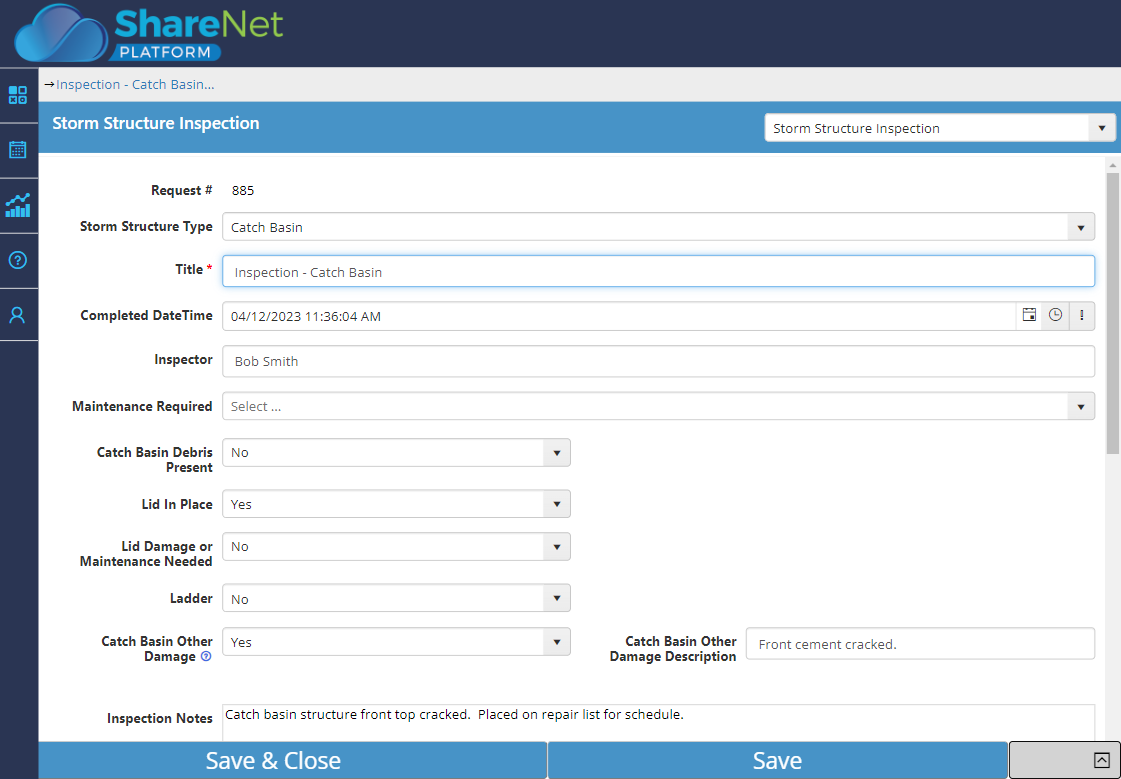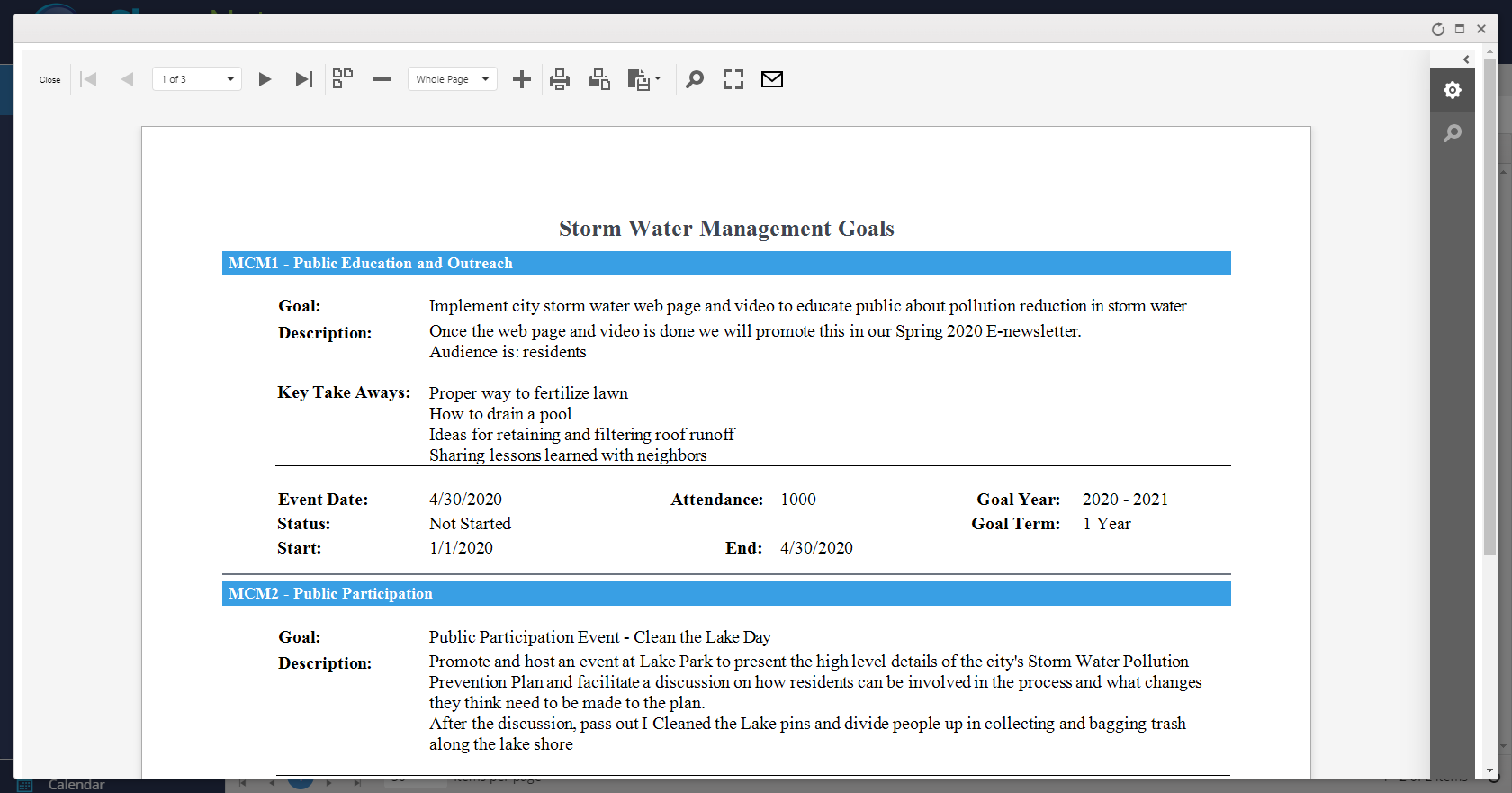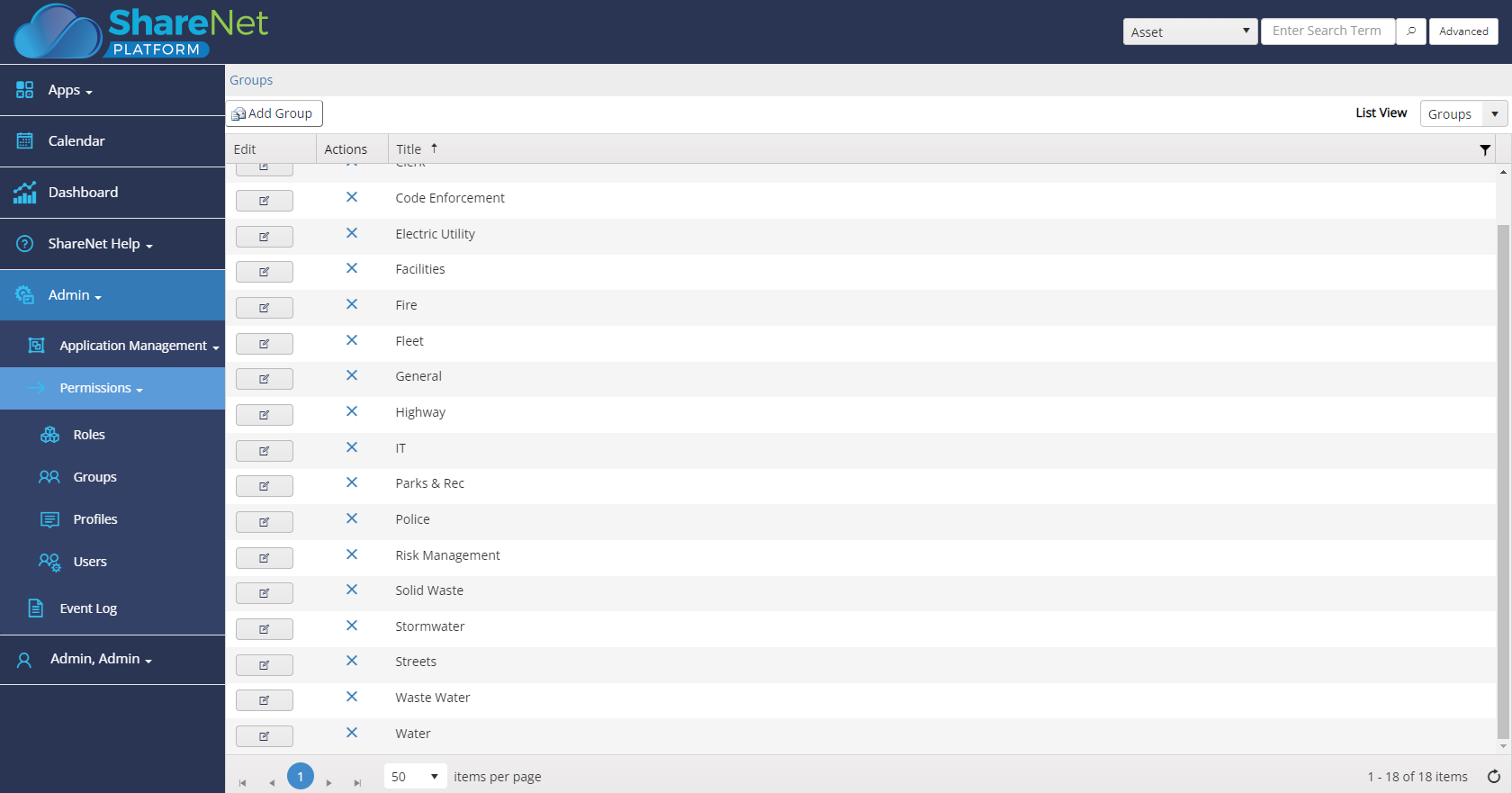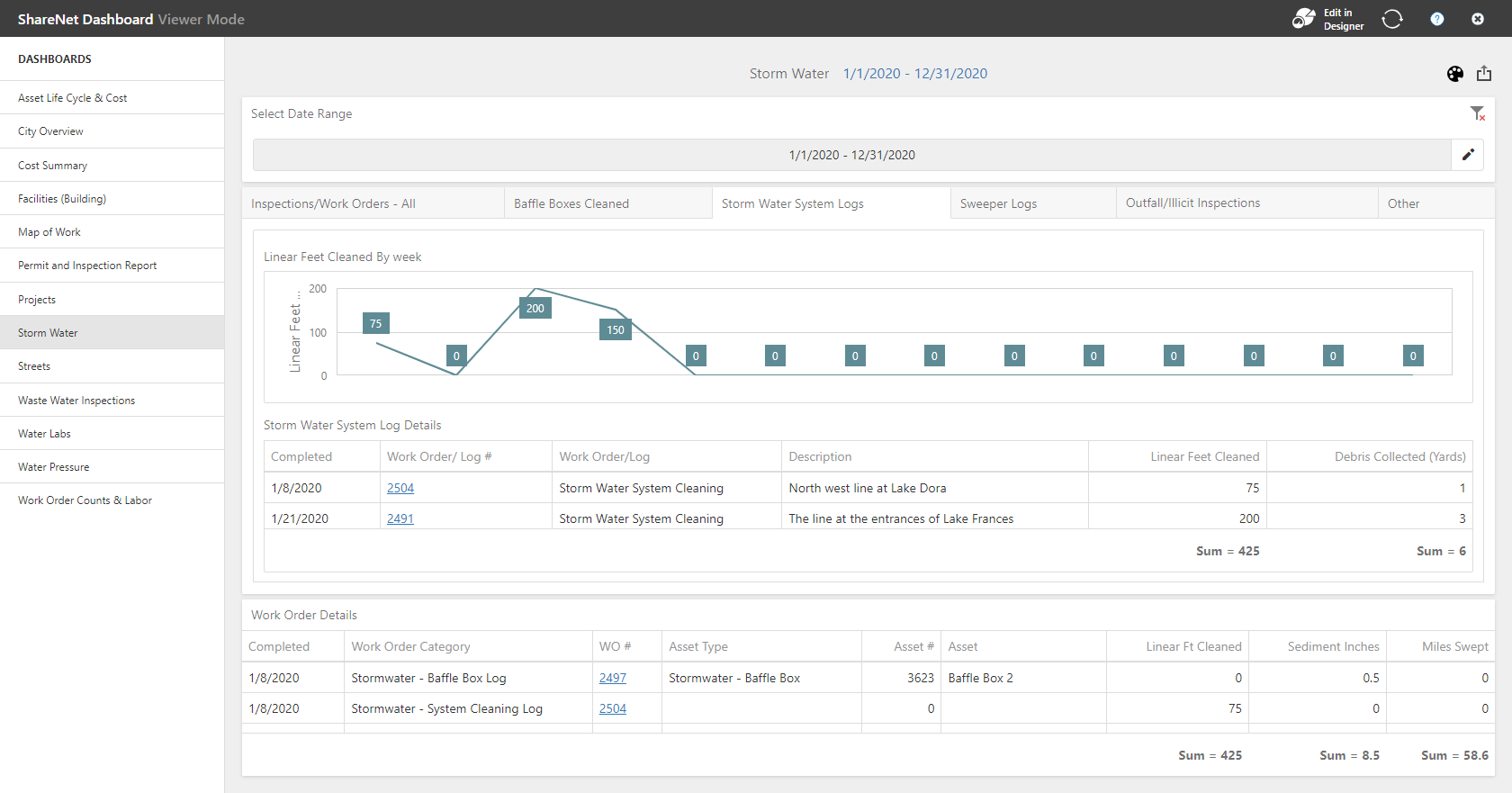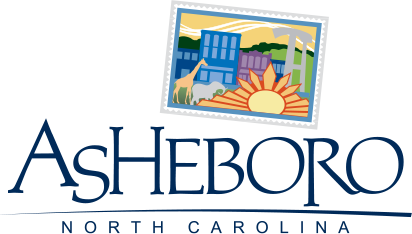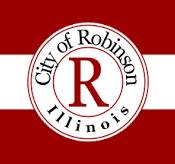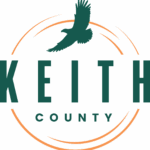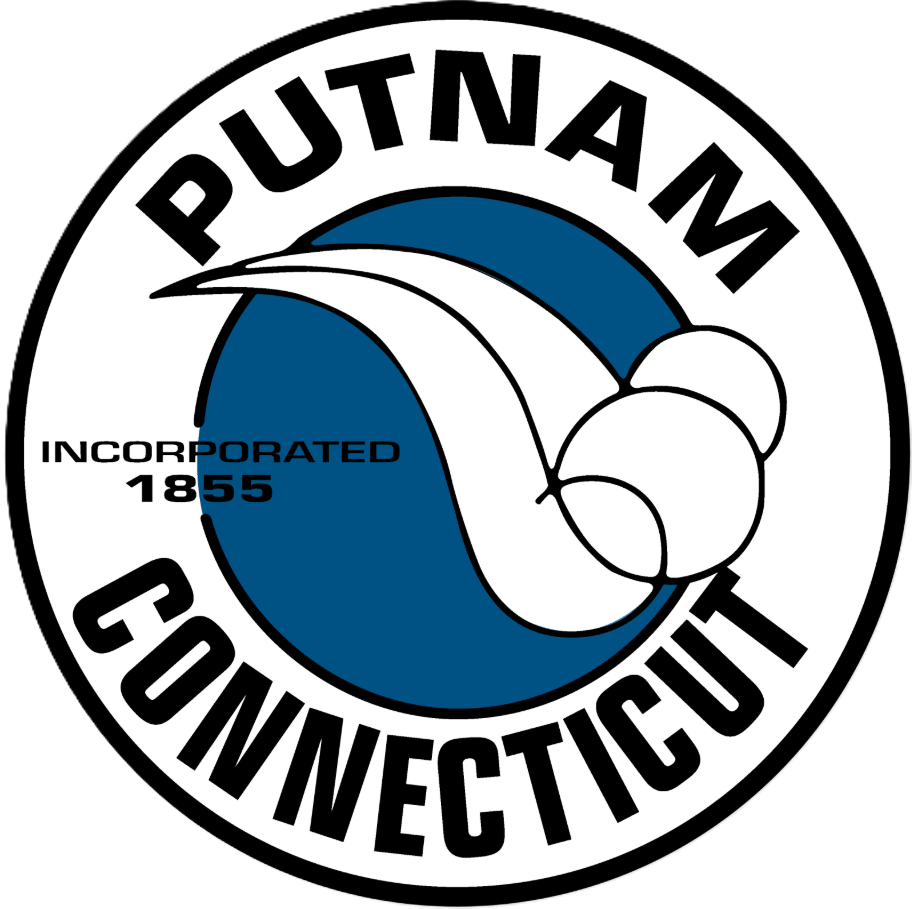STORMWATER—SIMPLIFIED!
Perfect for Cities and Counties with 5,000–75,000 People
Save Money & Time
Stormwater software to simplify Stormwater Management documentation, inspections, work activities, ms4 inspection and sweeping schedules, MCM goals/outcomes and reporting.
OUR GOOGLE REVIEWS
Our small city (population 13,000) became users of Novo ShareNet for work order processing in early 2023. We migrated 15+ years of data from another company when the old system no longer supported a GIS component, and their replacement system took a substantial price jump -- and still did not have a working GIS component.
I was impressed at the low-key sales pitch from this company: it was a very factual, "this is how our system works, and perhaps it will meet your needs." The price was comparable to what we had been spending (i.e., it was very reasonably priced), and the most astonishing part was that they were willing to aim for an implementation in something like 5 weeks, to accommodate the non-renewal of our previous software subscription.
The Novo Solutions team were able to guide us through system setup and import our data (from 3 separate databases to incorporate work order history, inventory history, and current vehicles & equipment) on a very tight timeline. The communications were excellent, and we were 'live' with a new, very intuitive work order system by January 1, 2023. Our crews in the field were functional from the first day!
There were very few hitches with the new system, and their tech support is excellent, getting glitches resolved in a very timely fashion. The ShareNet package has excellent reporting capabilities, customizable routing rules, and flexible permissions. A year later, we're very pleased with the system.
For companies or cities that need a work order/asset management system, I recommend you speak to the folks at Novo Solutions. They won't promise what they can't be certain they can do, and when they do promise, you can count on them.
I was impressed at the low-key sales pitch from this company: it was a very factual, "this is how our system works, and perhaps it will meet your needs." The price was comparable to what we had been spending (i.e., it was very reasonably priced), and the most astonishing part was that they were willing to aim for an implementation in something like 5 weeks, to accommodate the non-renewal of our previous software subscription.
The Novo Solutions team were able to guide us through system setup and import our data (from 3 separate databases to incorporate work order history, inventory history, and current vehicles & equipment) on a very tight timeline. The communications were excellent, and we were 'live' with a new, very intuitive work order system by January 1, 2023. Our crews in the field were functional from the first day!
There were very few hitches with the new system, and their tech support is excellent, getting glitches resolved in a very timely fashion. The ShareNet package has excellent reporting capabilities, customizable routing rules, and flexible permissions. A year later, we're very pleased with the system.
For companies or cities that need a work order/asset management system, I recommend you speak to the folks at Novo Solutions. They won't promise what they can't be certain they can do, and when they do promise, you can count on them.
Our experience with Novo Solutions so far has been most satisfying. Our request was for a simple and affordable solution to removing our existing paper, work order process.
We continue to see favorable returns as we adapt and grow with the many benefits this program offers. We were only looking for a solution to our work order needs but now realize the vast capabilities this software offers and continue to work with Novo Solution to further tap into how THEY can help US manage data better. One significant benefit we have seen has been the ability to attach so much information to a single work order task. Feedback from the field, data, and pictures help keep the story of every event we need to document, and for utility work, this has been a quick tool to manage timelines and work progress.
Training and technical support have been better than expected. We constantly connect with their Team and always have our questions answered promptly, and if an issue does arise, it is addressed at once.
I would recommend Novo Solutions for ANY municipality looking to enhance their day-to-day management of data, tasks, and assets.
We continue to see favorable returns as we adapt and grow with the many benefits this program offers. We were only looking for a solution to our work order needs but now realize the vast capabilities this software offers and continue to work with Novo Solution to further tap into how THEY can help US manage data better. One significant benefit we have seen has been the ability to attach so much information to a single work order task. Feedback from the field, data, and pictures help keep the story of every event we need to document, and for utility work, this has been a quick tool to manage timelines and work progress.
Training and technical support have been better than expected. We constantly connect with their Team and always have our questions answered promptly, and if an issue does arise, it is addressed at once.
I would recommend Novo Solutions for ANY municipality looking to enhance their day-to-day management of data, tasks, and assets.
The Public Works Department in the Town of Winter Park, CO needed a way to track calls for service from the public and log maintenance costs for its fleet. After much research, the system by Novo Solutions was selected. I have found the web based interface very user friendly and the customer service provided by Rich Hunter has been exceptional. This solution is perfect to meet the department's need to become more efficient and effective.
We are a small business and have been a customer of Novo Solutions Inc. for more than 10 years. We use their Knowledge Base, Help Desk, Asset Management and Workflow products. All work very well and enable us to be lean, organized, responsive and efficient.
Novo support has been extremely helpful in resolving issues and providing assistance when we wanted to leverage use of the products beyond the limit of typical use.
We currently have a focus on using software from keystone providers, the list is short and NOVO is in the top tier! Heartily recommended!!
Novo support has been extremely helpful in resolving issues and providing assistance when we wanted to leverage use of the products beyond the limit of typical use.
We currently have a focus on using software from keystone providers, the list is short and NOVO is in the top tier! Heartily recommended!!
Actual Client Interview—City of Oxford, NC
EFFICIENT STORMWATER MANAGEMENT ACROSS MULTIPLE
DEPARTMENTS
Will It Meet Your Needs?
Let us walk you through a quick demo.
We like to be very factual “This is how our system works, and why it will meet your needs.”
We know Stormwater Management for Small Cities and Counties.
Let us teach you how to use our management tools and customize them for your city or county.
Best Software & Best Support.
We Believe in SERVICE
For 25 Years We’ve Been Listening to Our Clients. You Can Call Us or Use Our Forms For Help.
ShareNet Stormwater Software Features
(Click a box to see a screenshot)


